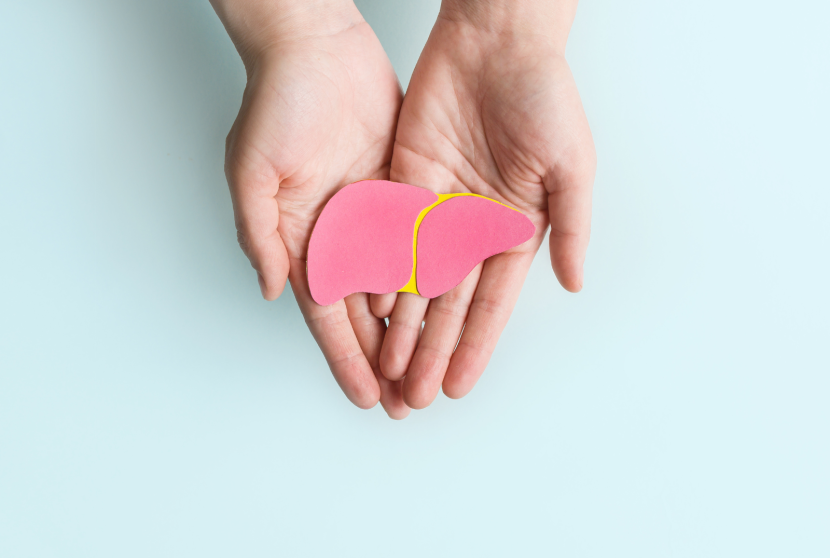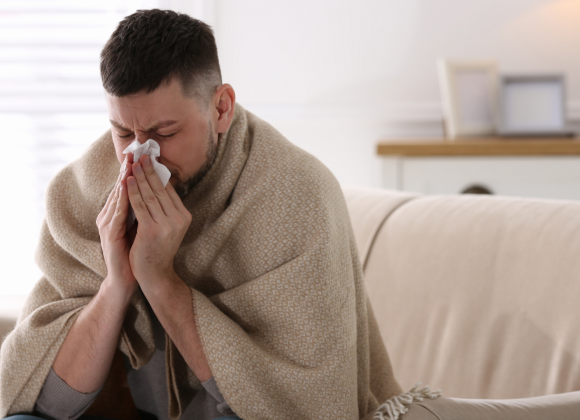Hepatitis is not just a medical term you hear during health awareness campaigns—it’s a serious inflammation of the liver that can lead to severe health complications if left untreated. With several types—A, B, C, D, and E—each caused by different viruses and spread in different ways, understanding how it spreads and how to protect yourself is the first step to prevention.
In this blog, we’ll break down the transmission routes, symptoms to watch out for, and effective protection strategies—so you can keep yourself and your loved ones safe.
What is Hepatitis?

Hepatitis refers to inflammation of the liver, often caused by viral infections but sometimes triggered by alcohol, toxins, or autoimmune diseases. The viral types—Hepatitis A, B, C, D, and E—vary in their mode of transmission, severity, and potential for chronicity.
- Hepatitis A & E – Usually spread through contaminated food and water.
- Hepatitis B, C & D – Mostly spread through blood-to-blood contact, sexual transmission, or from mother to baby during childbirth.
For an in-depth overview, check the World Health Organization’s hepatitis fact sheet.
How Hepatitis Spreads
The mode of transmission depends on the type of virus:
1. Contaminated Food and Water

Hepatitis A and E often spread in areas with poor sanitation. Consuming food prepared by someone with the virus—especially if they didn’t wash their hands properly—can lead to infection. Uncooked shellfish from contaminated waters are also a common source of contamination.
2. Blood-to-Blood Contact

Hepatitis B, C, and D are often spread through:
- Sharing needles or syringes
- Using unsterilized tattoo or piercing equipment
- Blood transfusions (rare in countries with strict screening)
3. Sexual Transmission
Hepatitis B is efficiently spread through unprotected sex with an infected partner. While less common, Hepatitis C can also spread sexually.
4. Mother-to-Child Transmission
Pregnant women infected with Hepatitis B can pass it to their babies during childbirth, which is why newborns are often given the Hepatitis B vaccine within 24 hours of birth.
Symptoms to Watch Out For
It may not show symptoms in its early stages. When they do appear, they can include:
- Fatigue
- Fever
- Loss of appetite
- Nausea and vomiting
- Abdominal pain (especially in the upper right side)
- Yellowing of the skin and eyes (jaundice)
If you notice these signs, consult a healthcare professional immediately.
How to Protect Yourself
1. Get Vaccinated
Vaccines are available for Hepatitis A and B and can prevent infection effectively. The CDC hepatitis vaccination guide is an excellent resource for schedules and recommendations.
2. Practice Safe Hygiene

- Wash your hands before eating and after using the toilet.
- Drink clean, filtered, or boiled water.
- Avoid raw or undercooked shellfish.
3. Use Protection in Sexual Activity
Using condoms reduces the risk of sexually transmitted diseases.
4. Be Careful with Needles and Blood
- Only use sterile, single-use needles.
- Ensure tattoo and piercing shops follow strict sterilization protocols.
5. Get Tested Regularly
Especially important if you are at higher risk—such as healthcare workers, people with multiple sexual partners, or those who have undergone multiple medical procedures.
Final Thoughts
It is preventable in most cases. The key lies in understanding how it spreads and taking proactive measures. From getting vaccinated to practicing good hygiene and safe habits, small steps can make a big difference in protecting your liver health.




